Introduction to Basque Cheesecake
Basque Cheesecake is captivating dessert lovers around the world, and it’s easy to see why. Originating from the Basque region of Spain, this cheesecake stands out with its burnt exterior and creamy center, creating a delightful contrast of textures that has food enthusiasts buzzing. What sets this cheesecake apart is its simplicity; it requires minimal ingredients and technique, making it approachable for both novice and seasoned bakers alike.
Why is Basque Cheesecake trending right now? Social media platforms, particularly Instagram and TikTok, have played a significant role. With visually stunning images and videos showcasing its rustic, imperfect charm, many home bakers are eager to try their hand at this unique dessert. Furthermore, food blogs and culinary experts praise its versatility—whether served alone or adorned with fresh berries, it always impresses.
Curious about how to make this delectable cheesecake? It’s all about balancing rich ingredients, like cream cheese and whipping cream, to create that signature texture. For more insights on preparing this modern classic, check out Serious Eats and New York Times Cooking. Happy baking!
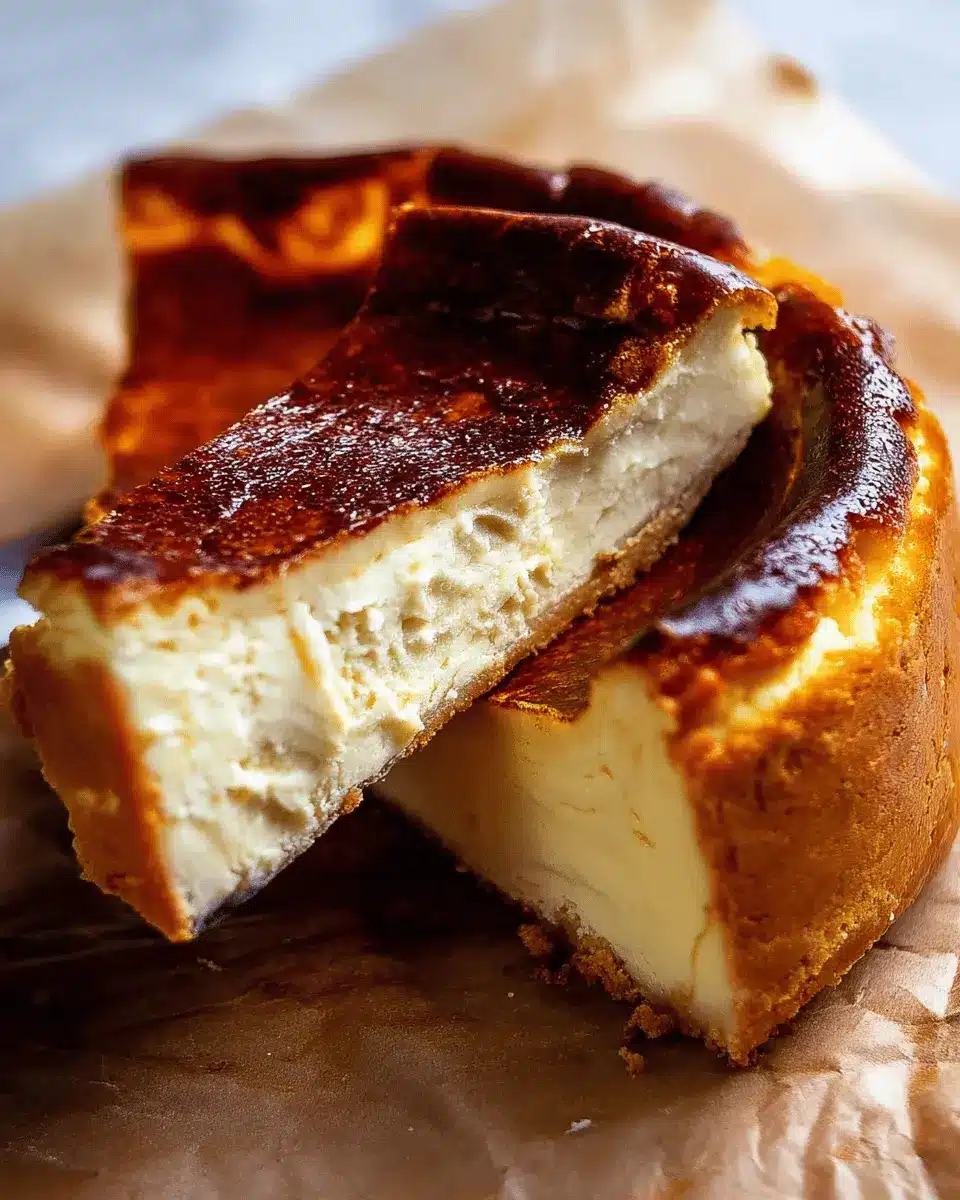
Ingredients for Basque Cheesecake
When it comes to crafting the perfect Basque Cheesecake, selecting the right ingredients is key to achieving that creamy, rich texture and delightful caramelized top. Here’s a quick rundown of what you’ll need:
Essential ingredients for a perfect Basque Cheesecake
- 750 g (1.5 lb) cream cheese: Room temperature to ensure a smooth batter—brands like Philadelphia work great.
- 1 cup caster or superfine sugar: Offers that silky sweetness; regular white sugar is perfectly fine too.
- 1 ¼ cups whipping cream: Let it sit out 15 minutes before use for better blending.
- ¼ cup plain/all-purpose flour: Keeps everything together without weighing it down.
- 1 teaspoon vanilla bean extract: A touch of flavor that elevates the cheesecake!
- ¾ cup + 1 tablespoon lightly whisked eggs: About 4-5 large eggs, measured at room temperature for a perfect mix.
Common substitutions
Don’t worry if you’re missing a specific ingredient. Here are a few easy swaps:
- Cream Cheese: Feel free to use alternative brands or even tub spreadable cream cheese for a creamier texture.
- Whipping Cream: Look for any cream labeled “whipping” or “heavy cream” to ensure you get the right consistency.
- Flour: Gluten-free flour blends can also work if you're looking for a gluten-free version.
Embrace your creativity! For more tips on ingredient substitutions, check out Serious Eats for further insights. Happy baking!
Step-by-step Preparation of Basque Cheesecake
Making a delectable Basque Cheesecake can be a fun and rewarding experience. Let's break down the preparation into manageable steps to ensure you achieve that perfect, creamy texture with a beautifully caramelized top.
Preparing the oven and the baking pan
Begin by preheating your oven to 220°C (425°F) or 200°C for fan-assisted cooking. Place the oven rack in the middle position for even heat distribution. While the oven heats up, it’s essential to prepare your baking pan. Take two sheets of parchment paper (about 40 cm or 16 inches long) and scrunch them up to create some flexibility. Arrange them in an "X" shape inside a 20 cm (8-inch) springform pan, letting it overhang the edges. This rustic presentation style is part of the Basque Cheesecake charm!
Mixing the cream cheese and sugar
In a large mixing bowl, add your 750 g (1.5 lbs) of room-temperature cream cheese. Using an electric mixer, beat on medium speed for about 2 minutes. Your goal here is to get a smooth and lump-free consistency. Once you’re satisfied, slowly incorporate 1 cup of caster sugar. Do this at a low speed for around 10 seconds to blend. This mixing method ensures that the sugar is evenly distributed, enhancing the overall flavor of your cheesecake.
Incorporating the flour and cream
Now it's time to bring in the flour and cream. In a separate bowl, combine ¼ cup of the whipping cream with the ¼ cup of flour, whisking until the mixture is smooth and paste-like. Then, gradually add the remaining 1 cup plus 1 tablespoon of whipping cream while continuing to whisk. This step is crucial to avoid lumps, so take it slow! Finally, add in 1 teaspoon of vanilla bean extract for that aromatic touch.
Adding the eggs
Once your cream mixture is well combined, it’s time to add the eggs. Measure out ¾ cup plus 1 tablespoon of lightly whisked eggs (this should be about 4-5 large eggs) and slowly pour them into the cream cheese mixture while beating on low speed. It’s important not to overbeat here; just mix until everything is nicely combined to help avoid air bubbles, which can affect the final appearance of your Basque Cheesecake.
Pouring the batter and baking
After your batter is ready, it’s time for the main event. Pour the mixture into the prepared springform pan. To eliminate air bubbles, take a moment to gently bang the pan on the counter and use a small knife to pop any that may surface. This part is essential for achieving that smooth, inviting texture we all love. Bake your cheesecake in the preheated oven for approximately 45 minutes, keeping an eye on the color; you want a deep golden top. It might take up to 65 minutes, so stay vigilant!
When done, allow the cheesecake to cool on the counter for at least two hours and then refrigerate it uncovered overnight. By following these steps, you'll be savoring a delicious slice of Basque Cheesecake in no time! Don't forget to share your baking success with friends and family.
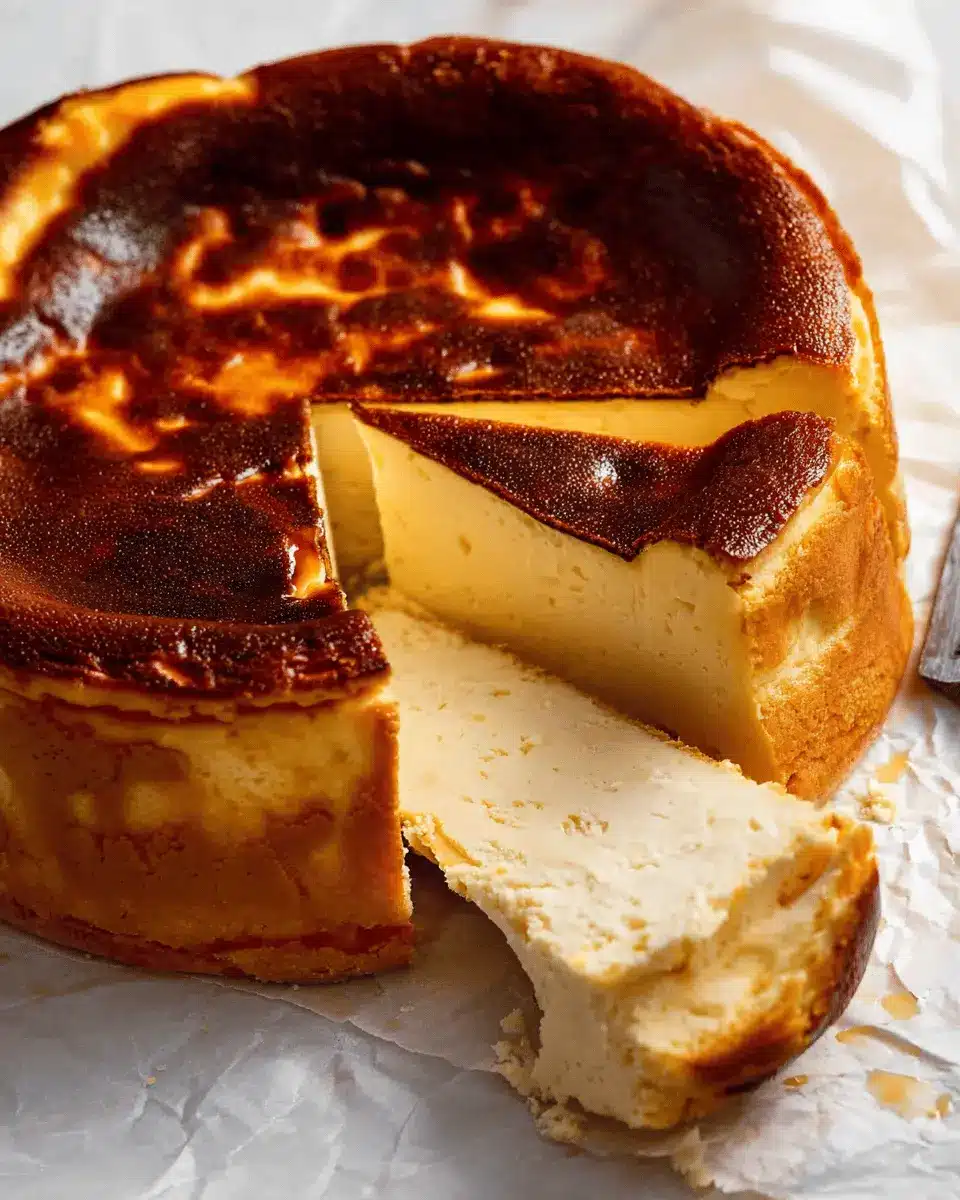
Variations on Basque Cheesecake
Chocolate Basque Cheesecake
If you’re a chocolate lover, why not take your Basque Cheesecake to the next level? Simply melt some dark chocolate (about 200g) and fold it into your batter after combining the cream cheese and sugar. This rich addition will create a lush, cocoa-infused twist perfect for satisfying that sweet tooth. Serve with a dollop of whipped cream or fresh berries for a beautifully decadent dessert.
Vegan Basque Cheesecake Alternative
Don’t let dietary preferences stop you from enjoying this delight! For a vegan version of Basque Cheesecake, substitute cream cheese with a blend of soaked cashews, coconut cream, and a touch of nutritional yeast for that tangy flavor. Use a plant-based cream and egg replacers such as aquafaba or mashed bananas to achieve the creamy texture. This way, you can savor a slice of heaven without compromising your values! Check out more vegan inspiration at Minimalist Baker for creative ideas.
Cooking Tips and Notes for Basque Cheesecake
Ensuring the perfect texture
For a Basque cheesecake that boasts a creamy, rich texture, it’s essential to use room temperature ingredients. This allows your cream cheese and eggs to blend seamlessly, avoiding lumps that can affect the final result. Incorporating the cream slowly while mixing at low speed also helps maintain a silky smooth batter. Remember, the goal is a luscious filling that contrasts beautifully with the caramelized top!
Avoiding common baking mistakes
Many bakers fear overcooking, but don’t shy away from a well-browned top. It’s all part of the charm of a Basque cheesecake. Monitor the bake but know it can take from 45 to 65 minutes to achieve that perfect golden crust. Lastly, ensure to cool the cake properly; chilling overnight is key for flavor development.
For more tips on achieving delicious cheese-based desserts, check out this guide on cream cheese from Food Network.
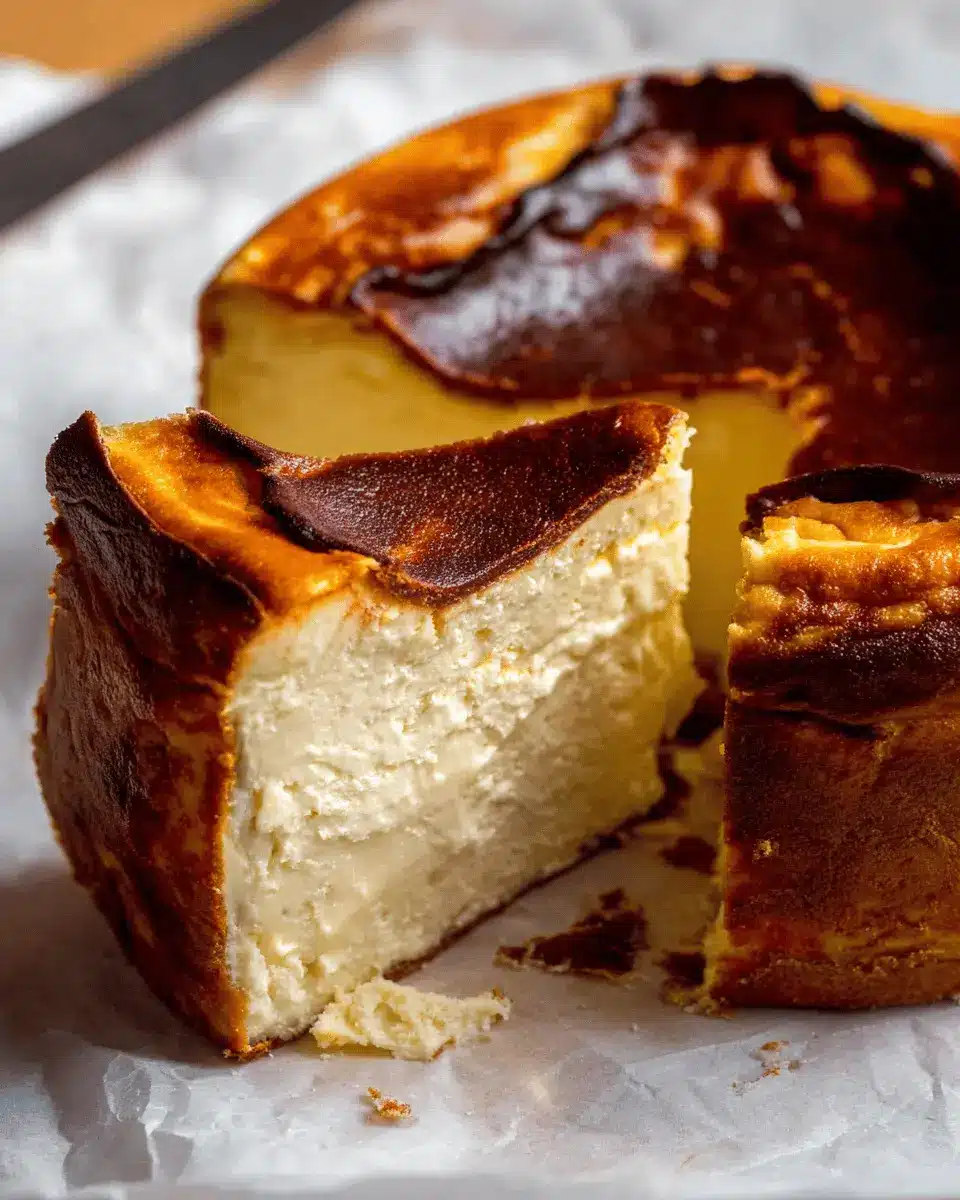
Serving Suggestions for Basque Cheesecake
Optimal Serving Temperature
For the best experience, serve your Basque Cheesecake warm or at room temperature. If you have time, let it sit for about 30 minutes after removing it from the fridge. This brings out the creamy texture and richness of the cheesecake, making every bite even more indulgent. While it’s also delightful chilled, the flavors really shine when allowed to warm up a bit.
Garnishes and Accompaniments
While this cheesecake stands beautifully on its own, you can pairing it with various garnishes to elevate your dessert experience:
- Fresh Berries: Strawberries, blueberries, or raspberries add a refreshing contrast and a pop of color.
- Creamy Whipped Cream: A simple dollop of whipped cream can enhance the cake's richness.
- Citrus Zest: A sprinkle of lemon or orange zest can bring a delightful brightness.
- Chocolate Sauce: Drizzling chocolate sauce adds extra indulgence for chocolate lovers.
Ultimately, how you serve your Basque Cheesecake is all about your preference, but simplicity usually reigns supreme!
For more serving ideas, check out this helpful guide.
Time Breakdown for Basque Cheesecake
Preparation Time
Ready to dive into the world of Basque cheesecake? You’ll need about 20 minutes to gather your ingredients and prep your pan. This includes scrunching up the parchment paper and mixing your batter until it’s smooth and creamy!
Baking Time
The baking process takes 45 to 65 minutes. Keep a close eye on your cheesecake during this time; you want it to achieve that beautiful deep golden brown color on top.
Cooling Time
Once baked, let your masterpiece cool for 2 hours at room temperature. Then, it’s essential to chill it in the fridge for at least 8 hours (or ideally overnight) to develop its signature flavors—you’ll be rewarding your patience with incredible taste!
Curious to experiment with this delightful dessert? Check out some more Basque cheesecake variations for inspiration!
Nutritional Facts for Basque Cheesecake
Calories
Indulging in a slice of Basque cheesecake brings you approximately 398 calories per serving. While it's a treat meant for special occasions, knowing those calorie counts can help you balance your sweet tooth with healthier options throughout the day.
Sugar Content
Each delightful serving contains about 20 grams of sugar. This sweetness is primarily derived from the caster sugar and the natural lactose found in the cream cheese and whipping cream. For those mindful of sugar intake, this is an essential factor to consider.
Protein
One of the perks of enjoying Basque cheesecake is its protein content, which stands at 7 grams per slice. Cream cheese and eggs contribute to this protein level, making it a satisfying dessert that can keep you feeling fuller longer.
For further insights on desserts and achieving a balanced diet, you might check out resources from Nutrition.gov or ChooseMyPlate.gov. As always, moderation is key to enjoying treats like cheesecake!
FAQs about Basque Cheesecake
Why does my Basque Cheesecake crack?
Cracking is a common issue when baking Basque Cheesecake, and it usually occurs due to rapid baking or too much air in the batter. To minimize cracks, ensure that you mix the batter on low speed and avoid over-beating the eggs. If cracks do appear, don’t worry! They can add to the rustic charm of your cheesecake.
Can I freeze Basque Cheesecake?
Freezing is not recommended for Basque Cheesecake, as it can alter the texture, making it grainy upon thawing. Instead, enjoy it fresh! The good news is that it keeps well in the fridge.
How long can leftover Basque Cheesecake be stored?
You can store leftover Basque Cheesecake in the fridge for up to five days. It actually tastes even better on days two and three as the flavors meld together beautifully. Just make sure it's well covered to keep it fresh!
For more tips, consider reading this cheesecake preservation guide.
Conclusion on Basque Cheesecake
Making Basque Cheesecake at home is more than just baking—it's a delightful culinary experience. Its unique creamy texture and rich flavor will impress your friends and family. Plus, homemade versions allow you to adjust sweetness and ingredients to your taste. Dive in and indulge!
Why You Should Try Making Basque Cheesecake at Home
Creating a Basque Cheesecake in your own kitchen offers a chance to connect with your inner baker. Unlike traditional cheesecakes, this delightful treat is characterized by a beautifully caramelized surface and a soft center that practically melts in your mouth. Here are a few reasons to whip up your own version:
- Simplicity in Preparation: With straightforward ingredients and easy instructions, even novice bakers can achieve incredible results.
- Customizable Flavors: Want a hint of citrus or maybe a swirl of chocolate? Feel free to experiment with flavors that excite you.
- Perfect for Any Occasion: Whether it's a dinner party, a casual get-together, or a cozy night in, Basque Cheesecake elevates any moment.
- Freshness Matters: There’s something special about enjoying a freshly baked cheesecake, with textures and flavors that store-bought options simply can’t compete with.
For more inspiration, check out Serious Eats for culinary tips and techniques, and Bon Appétit for a variety of dessert recipes that could complement your cheesecake experience. Remember, every bite is a chance to savor something beautifully homemade. So gather your ingredients, roll up those sleeves, and enjoy the wonderful world of Basque Cheesecake!
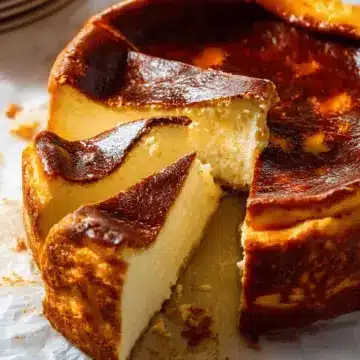
Basque Cheesecake
Equipment
- 20cm/8" springform pan
Ingredients
Cheesecake Ingredients
- 750 g cream cheese blocks room temperature (I use Philadelphia)
- 1 cup caster sugar regular white sugar ok too
- 1.25 cups whipping cream take out of fridge 15 minutes prior
- 0.25 cup flour plain/all-purpose
- 1 teaspoon vanilla bean extract or paste
- ¾ cups lightly whisked eggs at room temperature, ~4-5 large eggs
Instructions
Preparation Instructions
- Preheat oven to 220°C / 425°F (200°C fan) with the shelf in the middle of the oven.
- Press 2 x 40cm/16" sheets of scrunched up baking paper arranged in an "X" into a 20cm/8" springform pan, and fold down over the rim to hold in place.
- Beat the cream cheese in a large bowl on medium speed for 2 minutes, until smooth and lump-free.
- Add sugar and beat on low speed for 10 seconds.
- In a separate bowl, whisk ¼ cup cream with the flour until lump-free, then slowly pour in the remaining cream while whisking.
- Whisk in vanilla. Slowly pour the cream mixture into the cream cheese bowl while beating on low.
- Slowly add the eggs while the beater is still on low. Stop beating as soon as eggs are incorporated.
- Pour into the prepared pan, bang the pan on the counter, and pop any bubbles that rise to the surface.
- Bake for 45 minutes or until the surface is a deep golden brown. It can take up to 65 minutes.
- Cool in the cake pan for at least 2 hours, then refrigerate uncovered for a minimum of 8 hours.
- Release the sides of the springform pan, lift off the base using the excess paper overhang, and serve.

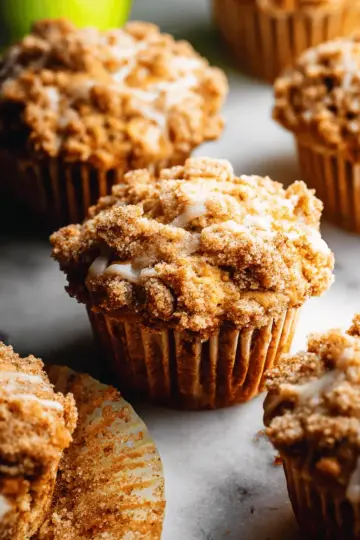
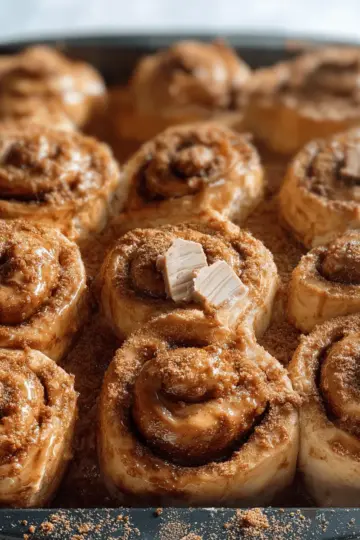

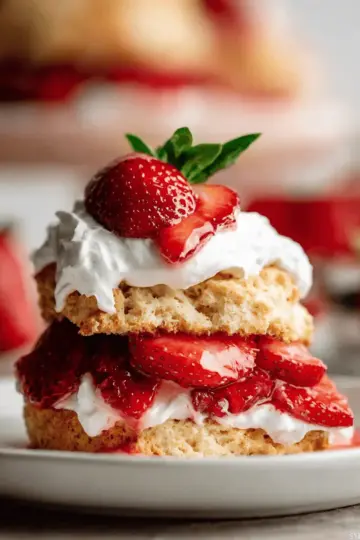
Leave a Reply